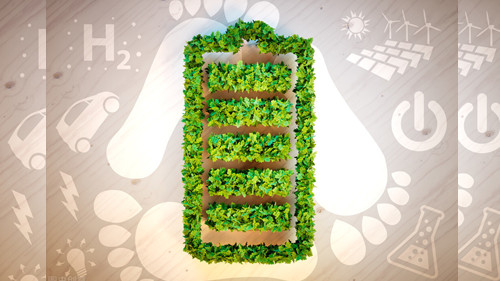PEMFC as the Portable Power
PEMFC as the Portable Power – Coating Catalysts – Cheersonic
In the low power range, from a few milliwatts to some hundred watts, fuel cells are potential substitutes for today’s rechargeable batteries. The portable business has been one of the fastest-growing markets over the last decades. Lap-tops, mobile phones, handheld cameras and other small electrical devices are sold in millions each year.
In addition to dimensional factors like size and weight, properties such as operating, response and start-up time are the most important characteristics relating to portable devices. The integrated power source also has to have a suitably low operating temperature, so the PEMFC and the DMFC are the only two types which are considered. Compared to batteries, the separation of the converter and the fuel tank in fuel cell systems results in more freedom during the design phase. The size of the fuel cell itself determines the maximum power output while the amount of fuel in the tank limits the operating time (or in other words maximum energy). For batteries, both power and energy are closely connected to the geometric design. A lap-top uses a minimum of 20 W and can normally be operated for 2-3 hours, while mobile phones only need 2-5 W and have a standby time of at most 10 days. Fuel cells have a higher theoretical energy density than today’s batteries, and in contrast to the relatively long recharging time for batteries, fuel cells are recharged” by refilling the tank.

After some time of operation, the capacity of rechargeable batteries decreases due to the many charging cycles. More research has to be done to confirm this, but fuel cells potentially have a much longer lifetime. Due to the separation of the fuel converter and the tank, self-discharging is also not a problem. Both PEMFC and DMFC are considered to be promising for portable applications. Their advantage compared to other fuel cells is the high power output at low operating temperatures.
The PEMFC offers the highest power density of the fuel cell stack, but is still limited in respect of storage of hydrogen. Metal hydrides, which are mostly used, suffer from high weight as the content of hydrogen is only some weight-percent. Liquid methanol has a very high energy density and is also easy to store. However, the DMFC has a much lower power density than the PEMFC and usually has to operate with diluted methanol (methanol and water mixture). Due to the liquid fuel, the DMFC system is simpler than the PEMFC. The choice of fuel cell type depends on the application and operating conditions.
